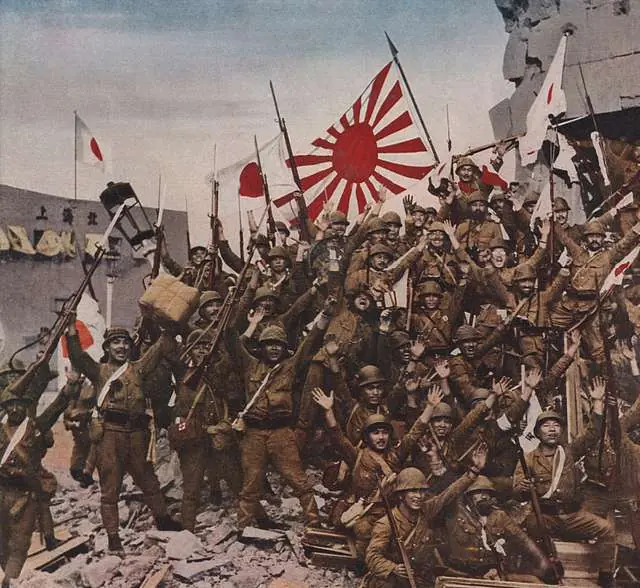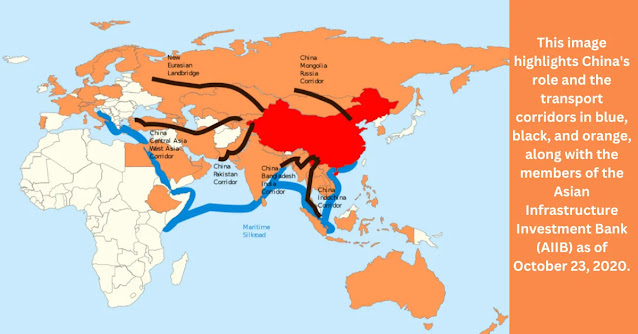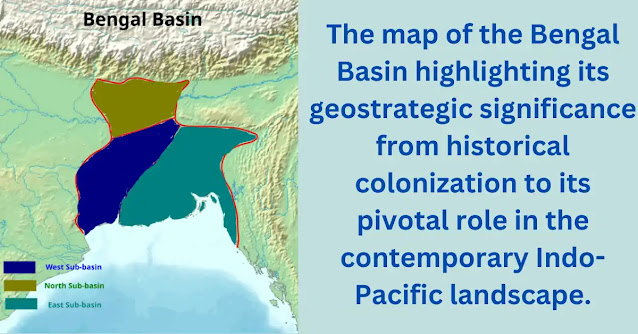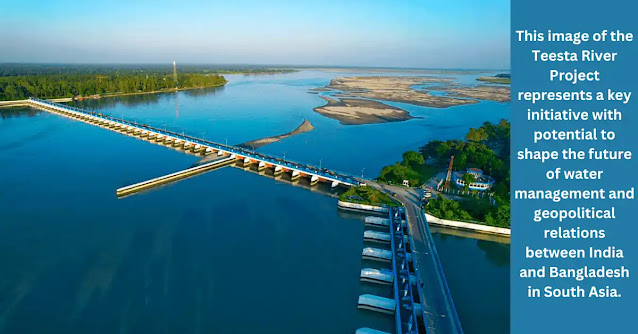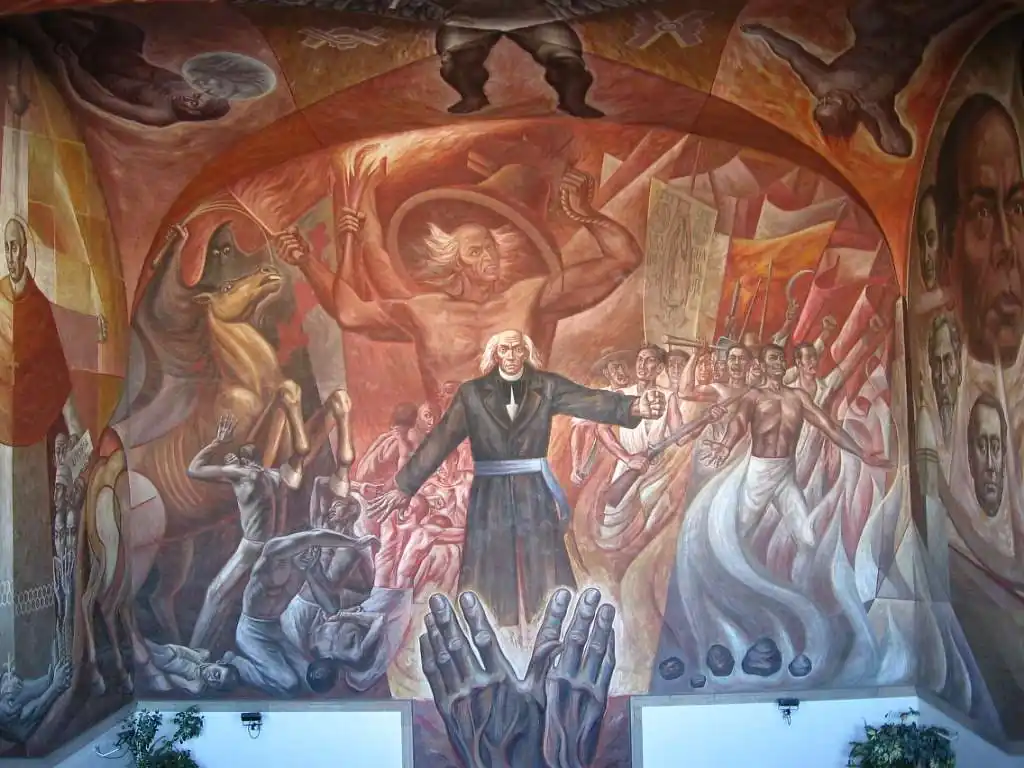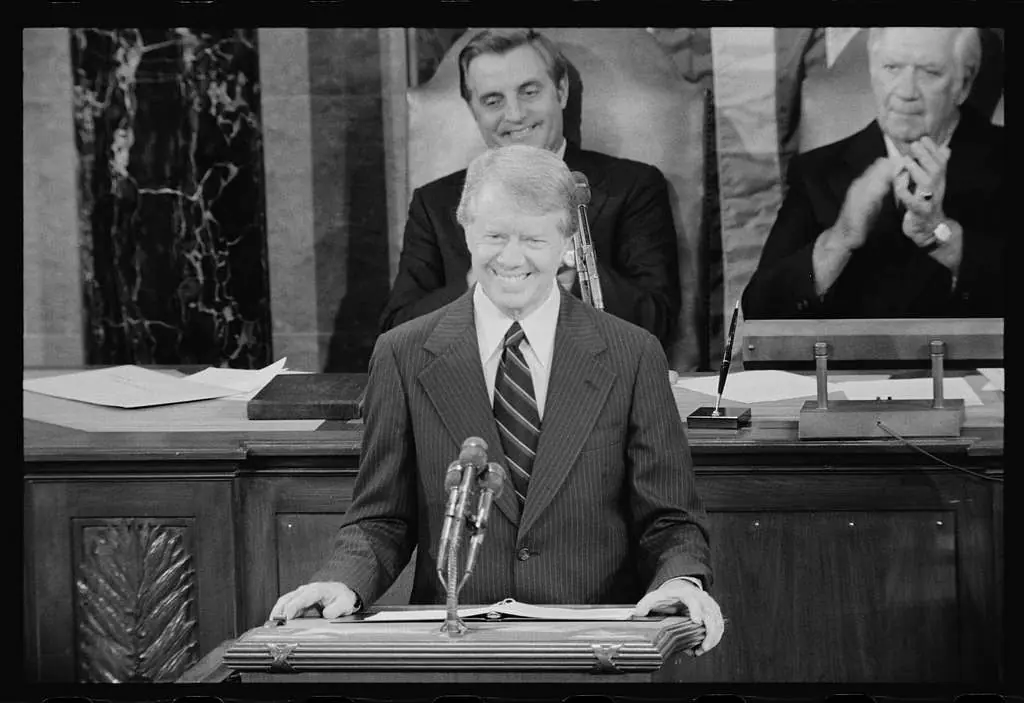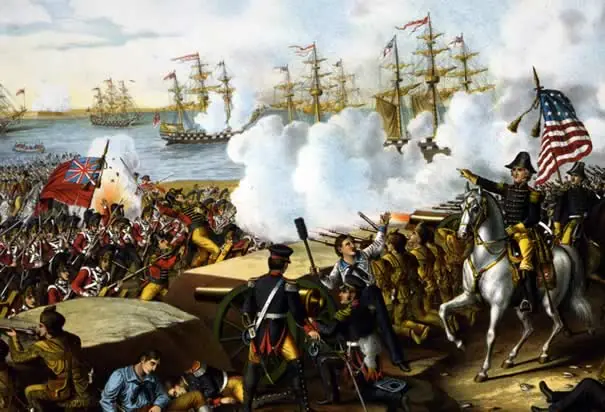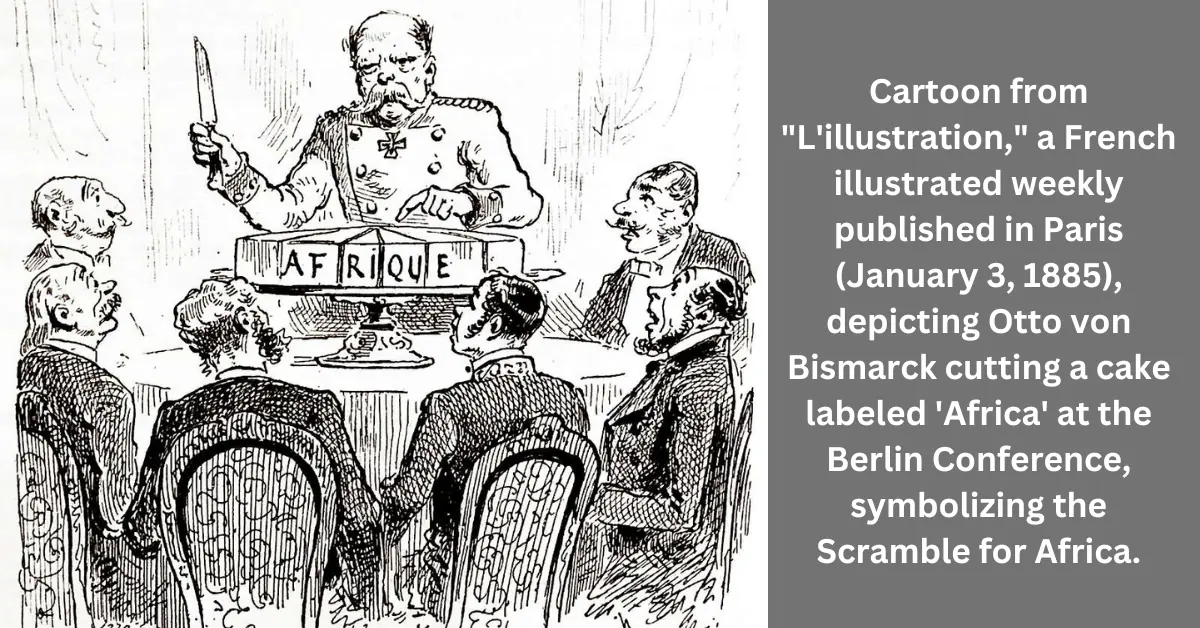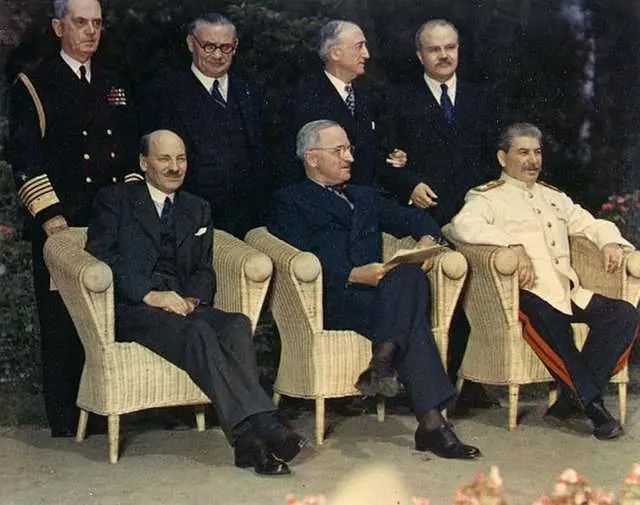Unveiling Kazakhstan’s Power Shifting
Dynamics: A Closer Look Kazakhstan, officially known as the Republic of Kazakhstan, is a large country in Central Asia, with a small part in Europe. It’s bordered by Russia, China, Kyrgyzstan, Uzbekistan, and Turkmenistan, and it has a coastline along the Caspian Sea. The capital city is Astana. Kazakhstan is the world’s largest landlocked country, but its population density is low, with less than six people per square kilometer.
Throughout history, various nomadic groups and empires have inhabited this land. The Scythians (Nomadic Iranian), Achaemenid Persian Empire, and Turkic nomads were early inhabitants. In the 13th century, it came under the rule of the Mongol Empire. Later, the Kazakh Khanate was formed in the 15th century, but by the 18th century, it was absorbed by the Russian Empire. By the mid-19th century, Kazakhstan became part of the Russian Empire, and slavery was abolished in 1859.
 |
| Scythians |
After the 1917 Russian Revolution and Civil War, the territory underwent several reorganizations. In 1936, it became the Kazakh Soviet Socialist Republic within the Soviet Union. It was the last Soviet republic to declare independence during the dissolution of the Soviet Union between 1988 and 1991. On October 25, 1990, the Kazakh Soviet Socialist Republic made a historic declaration of sovereignty, asserting its autonomy from the Soviet Union. This pivotal step foreshadowed Kazakhstan’s path to full independence. This article explores the history of power shifts and regional power struggles in Kazakhstan.
💻 Table of Contents:
- From’ qaz-‘ to ‘Kazakh’: Tracing the Nomadic Heritage
- The Emergence of the Turkic Ethnic Confederation
- Mongol Conquest of Kazakhstan
- Emergence of Kazakh Khanates
- Shift in Power Dynamics: Russian Expansion into Kazakhstan
- Qing Dynasty and Troubled Periods
- Russian Colonization and Soviet Era
- Independence and Modern Kazakhstan
From’ qaz-‘ to ‘Kazakh’: Tracing the Nomadic Heritage
The word ‘Kazakh,’ meaning someone from the Kazakh people, comes from the Russian word ‘казах’ and in Kazakh, it’s written as ‘қазақ’ (qazaq). This word likely comes from the Turkic term ‘qaz-‘ which means ‘to wander,’ reflecting the nomadic lifestyle of the Kazakh people. Originally, ‘Kazakh’ referred only to ethnic Kazakhs, including those in neighboring countries like China, Russia, Turkey, and Uzbekistan. But with time, its meaning expanded to include all people living in Kazakhstan, regardless of their ethnicity, showing the inclusive nature of modern Kazakhstan.
The origins of the Kazakh people can be traced back to the Turkic nomadic tribes that inhabited the Eurasian Steppe. The Kazakhs are believed to be descendants of various Turkic-speaking tribes, including the Kipchaks, Kanglis, and Naimans, who migrated to the region in the early middle Ages.
 |
| Central Asia Political Map |
The Emergence of the Turkic Ethnic Confederation:
Between the 5th and 11th centuries, Turkic people migrated across Central Asia, gradually replacing and blending with the Iranian-speaking populations. This shift led to a more East Asian-influenced population in Central Asia.
In 552, a significant Turkic kingdom (The First Turkic Khaganate), was established by Bumin Qaghan in the Mongolian Plateau, spreading westward toward the Caspian Sea. The Göktürks, who were part of this kingdom, integrated various groups like the Xionites, Uar, Oghurs, and more, eventually merging into the Avars and Bulgars. In just 35 years, the eastern and western halves of this Turkic kingdom became independent, with the western part reaching its zenith in the early 7th century.
Around the early 11th century, the Cumans (Turkic nomadic people) arrived in the steppes of present-day Kazakhstan, later forming a substantial confederation with the Kipchak (Turkic nomadic people), known as the Cuman-Kipchak confederation. It was an alliance of Turkic speaking nomadic tribes that inhabited the Eurasian Steppe during the 11th to 13th centuries. The confederation included various tribes, such as the Cumans, Kipchaks, and other related groups. The confederation was known for its military expertise, nomadic lifestyle, and trade networks.
 |
| Horse Transport in Kazakhstan |
Mongol Conquest of Kazakhstan:
In the early 13th century, the Mongols, led by Genghis Khan, began their conquest of Central Asia. The Mongols were a formidable military force, and their empire rapidly expanded through conquest. The Cuman-Kipchak confederation, with its wealth and strategic location, became a target for the Mongols. Despite the resistance put up by the confederation, the Mongols ultimately emerged victorious, conquering and subjugating the Cuman-Kipchak tribes.
Overall, the collapse of the Cuman-Kipchak confederation by the Mongols was a transformative event in the history of Kazakhstan. It marked the beginning of Mongol rule in the region and brought about significant changes in political organization, cultural interactions, and the integration of Kazakhstan into the wider Mongol Empire.
Emergence of Kazakh Khanates:
In the aftermath of the Mongol collapse, the region of Kazakhstan saw the emergence of several Kazakh Khanates. These Khanates were semi-independent states led by khans, who were tribal leaders. The Kazakh Khanates included the Great Horde, the Middle Horde, the Little Horde, and the Junior Horde. These Khanates often had internal conflicts and power struggles but maintained a loose confederation to balance power and maintain unity among the tribes.
 |
| Kolsay Lake, Kazakhstan |
Shift in Power Dynamics: Russian Expansion into Kazakhstan
With the decline of the Mongol Empire, various external powers sought to exert their influence in the region. The Kazakh Khanates found themselves caught between the competing interests of neighboring empires, such as the Russian Empire, the Persian Empire, and the Qing Empire of China. These powers sought to establish control over strategic territories and resources, leading to conflicts and territorial disputes.
In the 16th and 17th centuries, the Russian Empire began expanding into Kazakhstan, leaving a significant impact. Key figures like Yermak Timofeyevich led expeditions into Kazakh lands, marking the start of Russian influence. Russian explorers, traders, and Cossack settlers established forts and trade outposts across the region, laying the foundation for further expansion.
Through treaties with Kazakh Khanates during the 17th and 18th centuries, Russia gained control over specific territories. Facing external pressures and seeking protection, Kazakh leaders entered into agreements with the Russian Empire. This process continued throughout the 18th and 19th centuries, resulting in the incorporation of these regions into the Russian Empire.
Russian expansion brought demographic, economic, and cultural changes to Kazakhstan, including colonization efforts, migration of settlers, and the introduction of new technologies. It’s crucial to note that this period also witnessed resistance from Kazakh leaders, such as Kenesary Khan and Isatay Taymanuly, who fought against Russian rule. The gradual Russian expansion from the 16th and 17th centuries laid the groundwork for a lasting Russian presence, shaping the history and the relationship between Russia and Kazakhstan.
The Russian ethnic population in Kazakhstan, comprising about 15% of the country’s residents, is one of the largest minority groups. This community has a significant cultural and historical presence in Kazakhstan, with many Russians having lived in the country for generations.
💻 You May Also Read:
- United States of Turkic World: Turkey’s Ideological & Strategic Bridge in Eurasia
- Silk Road Showdown: Assassination and Turko-Chinese Rivalry in Central Asia
- Middle Corridor: The New Silk Road Bridging East and West
Qing Dynasty and Troubled Periods:
During the 18th century, the Kazakh Khanates faced difficulties because of the Qing Empire, especially in eastern Kazakhstan’s Dzungaria area. This time saw conflicts and changes in territories, making the Khanates less strong. A notable leader, Ablai Khan, emerged in the late 18th century, defending against the Qing Empire. Problems arose from divisions within the Khanates and the pressure from the Qing Empire. These issues effected the Khanates’ power and the land they controlled in this troubled period.
 |
| Kenesary Khan, Kazakhstan |
Russian Colonization and Soviet Era:
In the 19th and early 20th centuries, the Russian Empire increased its efforts to colonize Kazakhstan, which brought Russian settlers and transformed the region’s population. Russian policies encouraged farming, industry, and economic growth, leading to changes in the nomadic way of life. After the 1917 Russian Revolution, the country became the Soviet Union. In 1920, Kazakhstan was established as the Kazakh Autonomous Socialist Soviet Republic, later becoming the Kazakh Soviet Socialist Republic in 1936. The Soviet era involved collectivization, industrialization, and enforced settlement, resulting in significant changes to traditional Kazakh life.
Independence and Modern Kazakhstan:
Following the dissolution of the Soviet Union in 1991, Kazakhstan seized the opportunity to assert its independence and transformed into the Republic of Kazakhstan. Since then, the nation has directed its efforts towards nation-building, fostering economic progress, and safeguarding its cultural legacy. Kazakhstan has pursued a multi-faceted foreign policy, forging ties with neighboring states and fostering partnerships with influential global actors.
Presently, Kazakhstan stands as a sovereign nation, adorned with a diverse populace, a vibrant cultural heritage, and an evolving economy. The country adeptly navigates the complexities of the contemporary world while cherishing its distinctive traditions and striving for further advancement and prosperity.
Conclusion:
In summary, Kazakhstan’s history is a rich tapestry of nomadic empires, cultural shifts, and the resilience of its people. From Turkic migrations to Mongol conquests, Russian colonization, and the challenges of the Soviet era, Kazakhstan’s resilience shines through. Becoming its own country in 1991, Kazakhstan carefully handles the complex of geopolitics. It focuses on being strong in its region and making friends with other nations. Kazakhstan also holds onto its cultural traditions while aiming for success in the wider world.

